Barclays, Lloyds and RBS are subject of 'largest ever' Libor lawsuit
US agency that rescued banks during financial crash accuses British trio of 'lowballing'
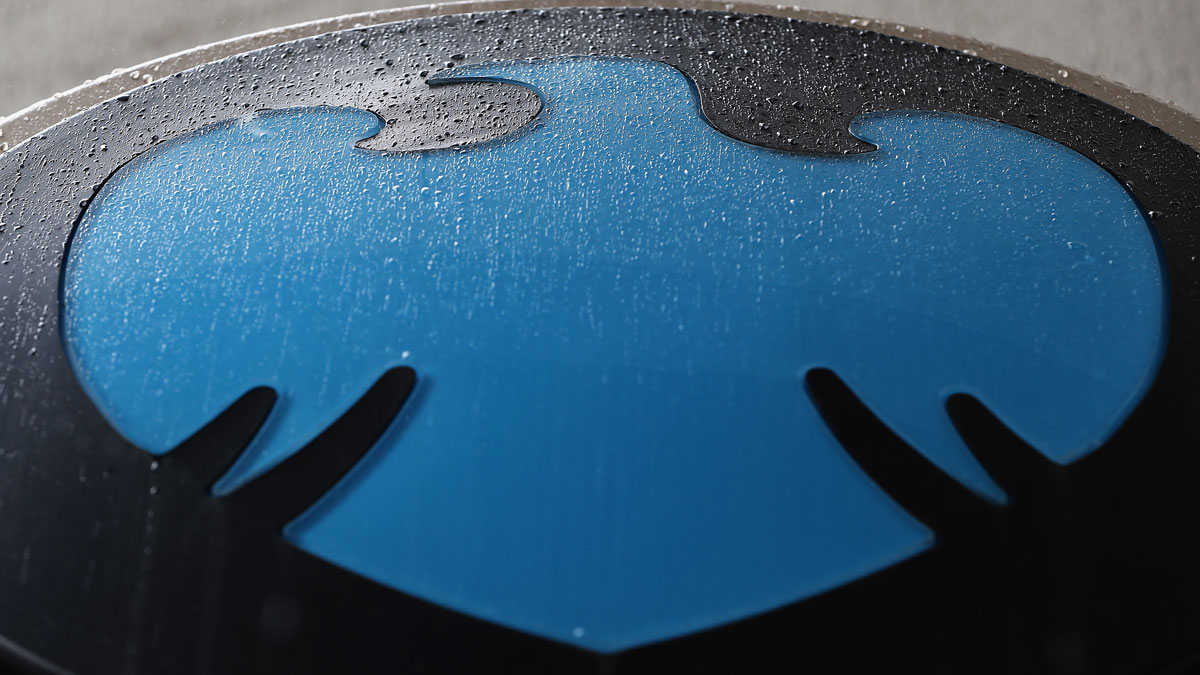
Three major British banks, Barclays, Lloyds and the Royal Bank of Scotland (RBS), are among nine banks named in what could prove to be the largest lawsuit yet over the manipulation of lending rates.
The Federal Deposit Insurance Corporation, a US agency that rescued 39 banks during the 2008-2009 crash, has filed a claim in the High Court over alleged "lowballing" of the London Interbank Offered Rate, or Libor.
The agency, which was set up during the Great Depression, is claiming for losses incurred by the banks it saved thanks to the "sustained and material suppression" of the US dollar-denominated version of Libor between 2007 and 2009.
The Week
Escape your echo chamber. Get the facts behind the news, plus analysis from multiple perspectives.

Sign up for The Week's Free Newsletters
From our morning news briefing to a weekly Good News Newsletter, get the best of The Week delivered directly to your inbox.
From our morning news briefing to a weekly Good News Newsletter, get the best of The Week delivered directly to your inbox.
"Unlike other Libor claims, the corporation is interested only in banks' lowballing of Libor and claims that the lenders and the [British Bankers' Association] knowingly did business linked with the discredited rate despite being aware that it was skewed in their favour," says The Times.
There is no value put on the claim, but the 39 banks are said to have been worth a combined $440bn (£340bn) with an aggregated turnover of $114bn (£88bn) at the end of 2007.
At the time, Libor was based on submissions from a panel of 16 banks.
A representative of each bank submitted the rates at which it could theoretically borrow funds from its peers. The highest and lowest numbers were excluded and an average taken of the rest to set the published figure every day.
A free daily email with the biggest news stories of the day – and the best features from TheWeek.com
Around $350trn (£270trn) of transactions are based on Libor. Several bankers have gone to prison for manipulating the rates to benefit their own trading books. Banks including Barclays and RBS have been fined $9bn (£7bn).
But there have also been accusations that the Bank of England and other regulators were aware of – and even encouraged – "lowballing" during the crisis, in order to prevent a spiralling of the credit crunch.
Writing on Forbes Tim Worstall says there is a "serious problem" with the complaints over the "rigging" of Libor. He says this activity was "actually exactly what we wanted to have done at that point in time".
He argues that long-term lending was more or less non-existent at the time so the real rate would be "infinite". Quoting the rate accurately "just wouldn't have been helpful".
Libor is now set with more reference to real-world transactions. The Financial Times says the regulator wants to move to wholly "transaction-based benchmarks" by 2021.
-
 The UK’s best Christmas pantos
The UK’s best Christmas pantosThe Week Recommends Dive into the festive cheer, even into the new year, with some traditional favourites and modern twists
-
 The longevity economy is booming as people live longer
The longevity economy is booming as people live longerThe Explainer The sector is projected to reach $27 trillion by 2030
-
 Codeword: December 11, 2025
Codeword: December 11, 2025The daily codeword puzzle from The Week
-
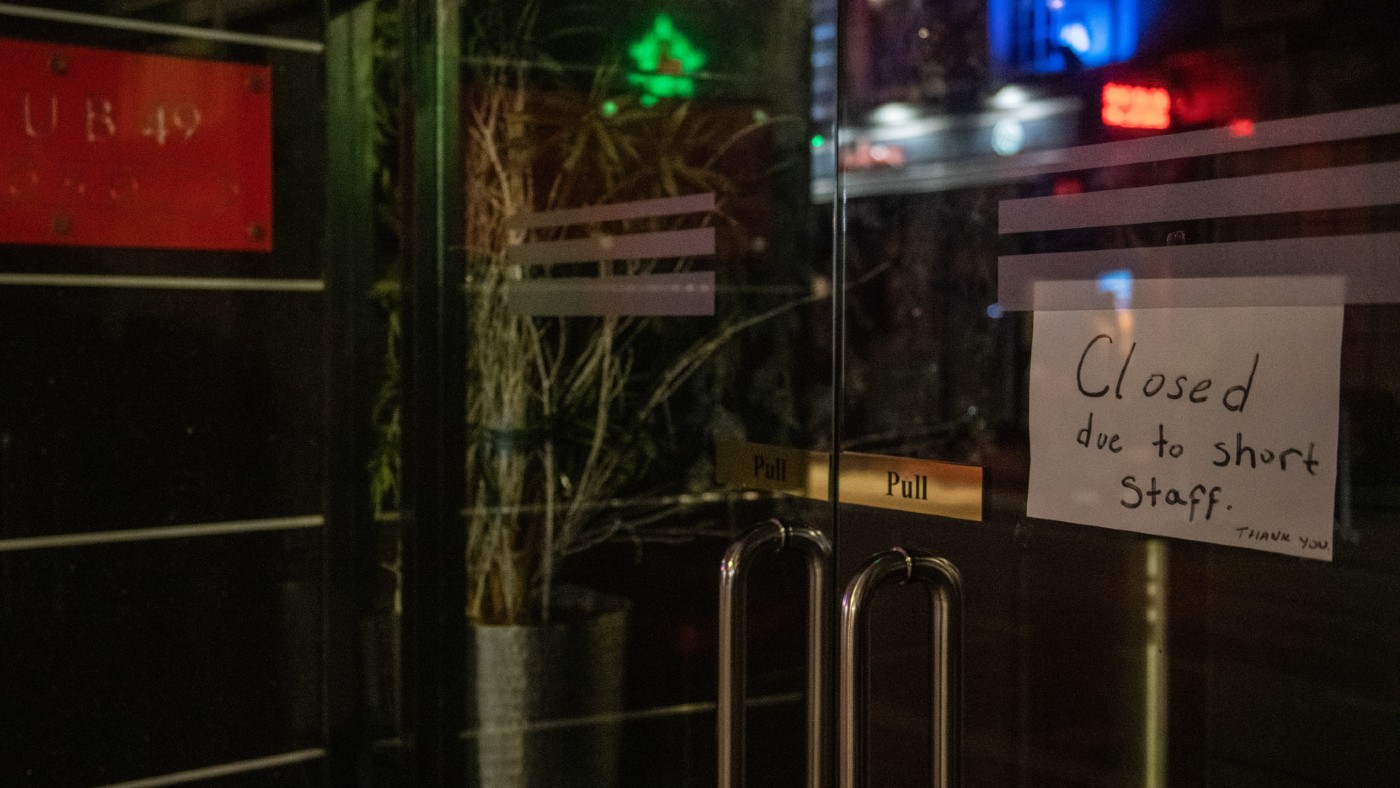 Labour shortages: the ‘most urgent problem’ facing the UK economy right now
Labour shortages: the ‘most urgent problem’ facing the UK economy right nowSpeed Read Britain is currently in the grip of an ‘employment crisis’
-
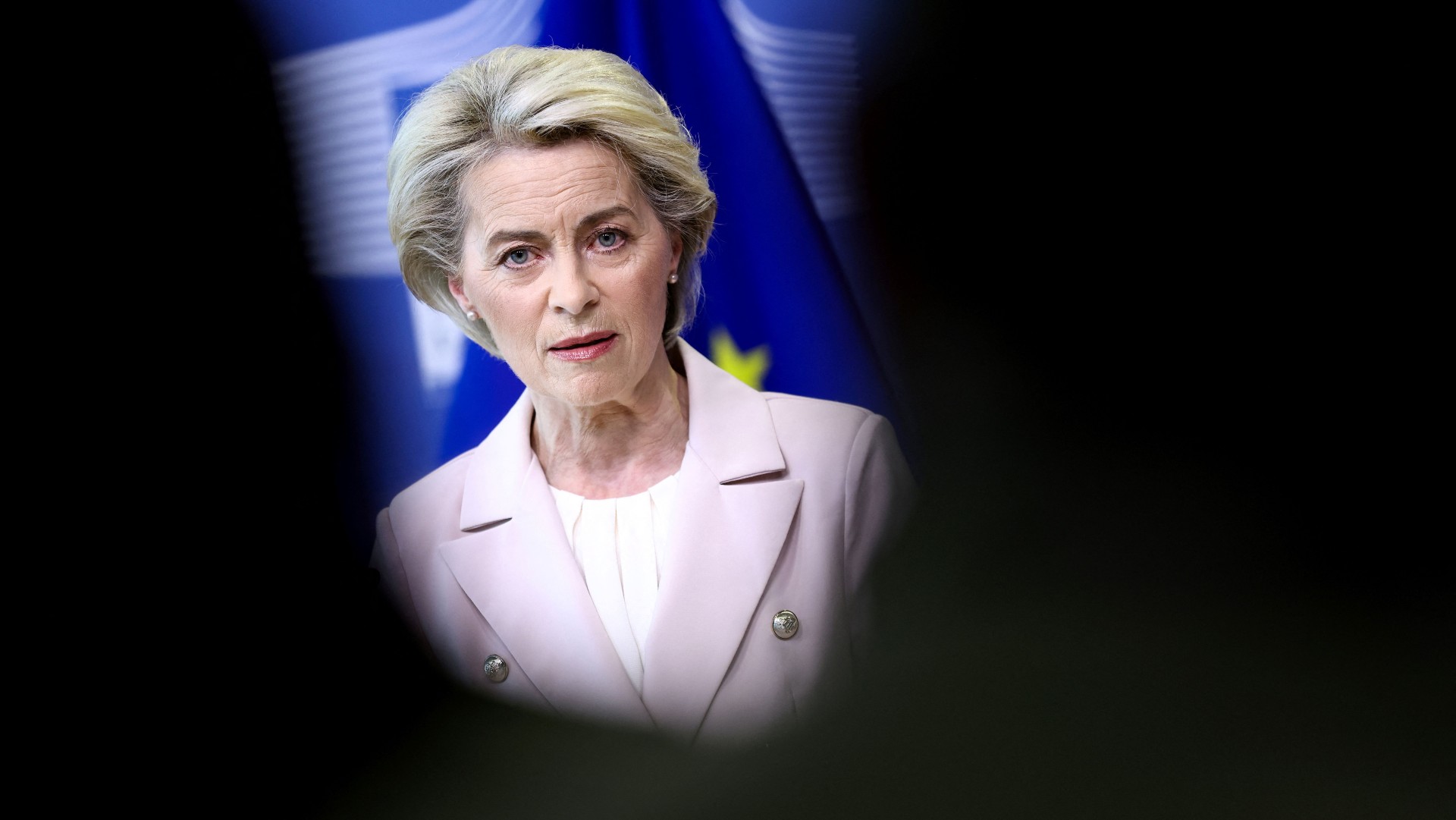 Will the energy war hurt Europe more than Russia?
Will the energy war hurt Europe more than Russia?Speed Read European Commission proposes a total ban on Russian oil
-
 Will Elon Musk manage to take over Twitter?
Will Elon Musk manage to take over Twitter?Speed Read The world’s richest man has launched a hostile takeover bid worth $43bn
-
 Shoppers urged not to buy into dodgy Black Friday deals
Shoppers urged not to buy into dodgy Black Friday dealsSpeed Read Consumer watchdog says better prices can be had on most of the so-called bargain offers
-
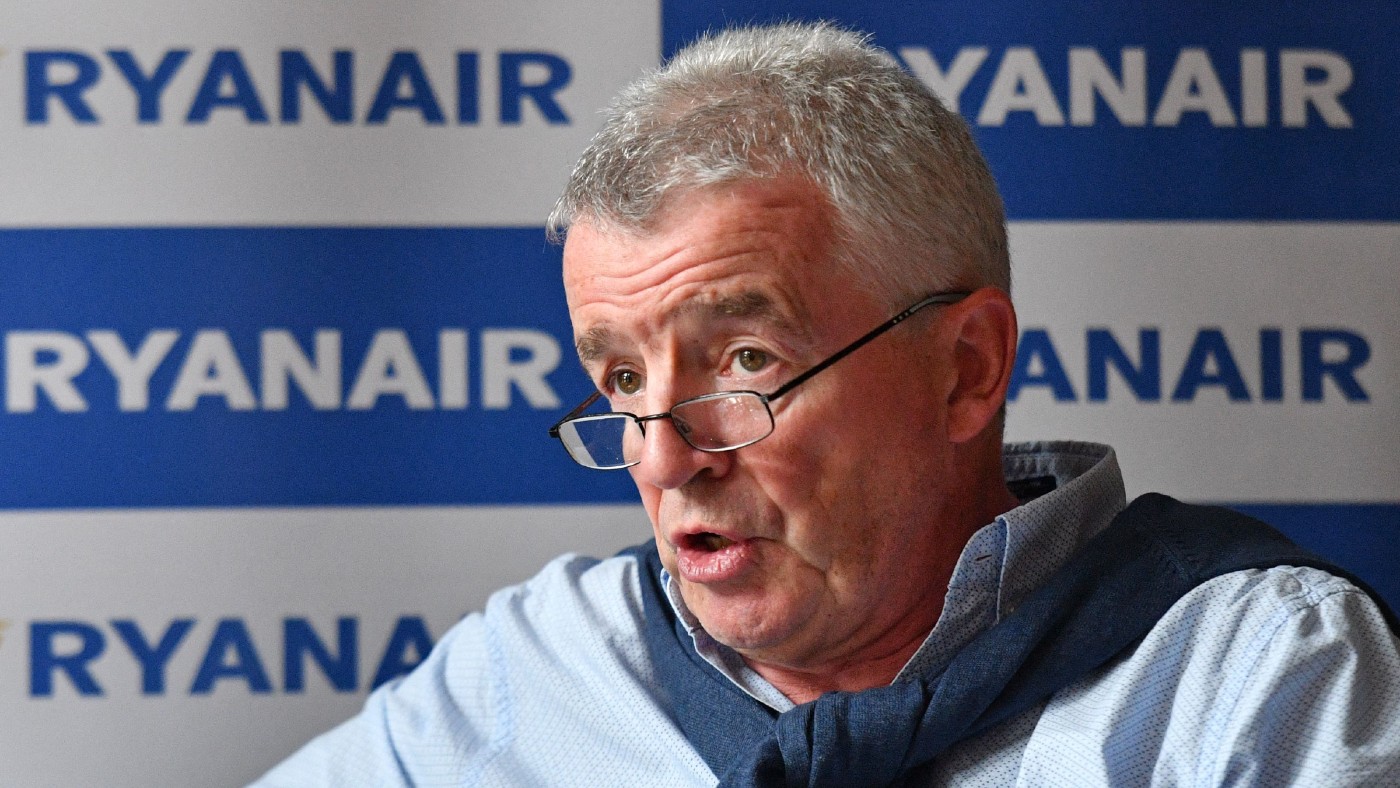 Ryanair: readying for departure from London
Ryanair: readying for departure from LondonSpeed Read Plans to delist Ryanair from the London Stock Exchange could spell ‘another blow’ to the ‘dwindling’ London market
-
 Out of fashion: Asos ‘curse’ has struck again
Out of fashion: Asos ‘curse’ has struck againSpeed Read Share price tumbles following the departure of CEO Nick Beighton
-
 Universal Music’s blockbuster listing: don’t stop me now…
Universal Music’s blockbuster listing: don’t stop me now…Speed Read Investors are betting heavily that the ‘boom in music streaming’, which has transformed Universal’s fortunes, ‘still has a long way to go’
-
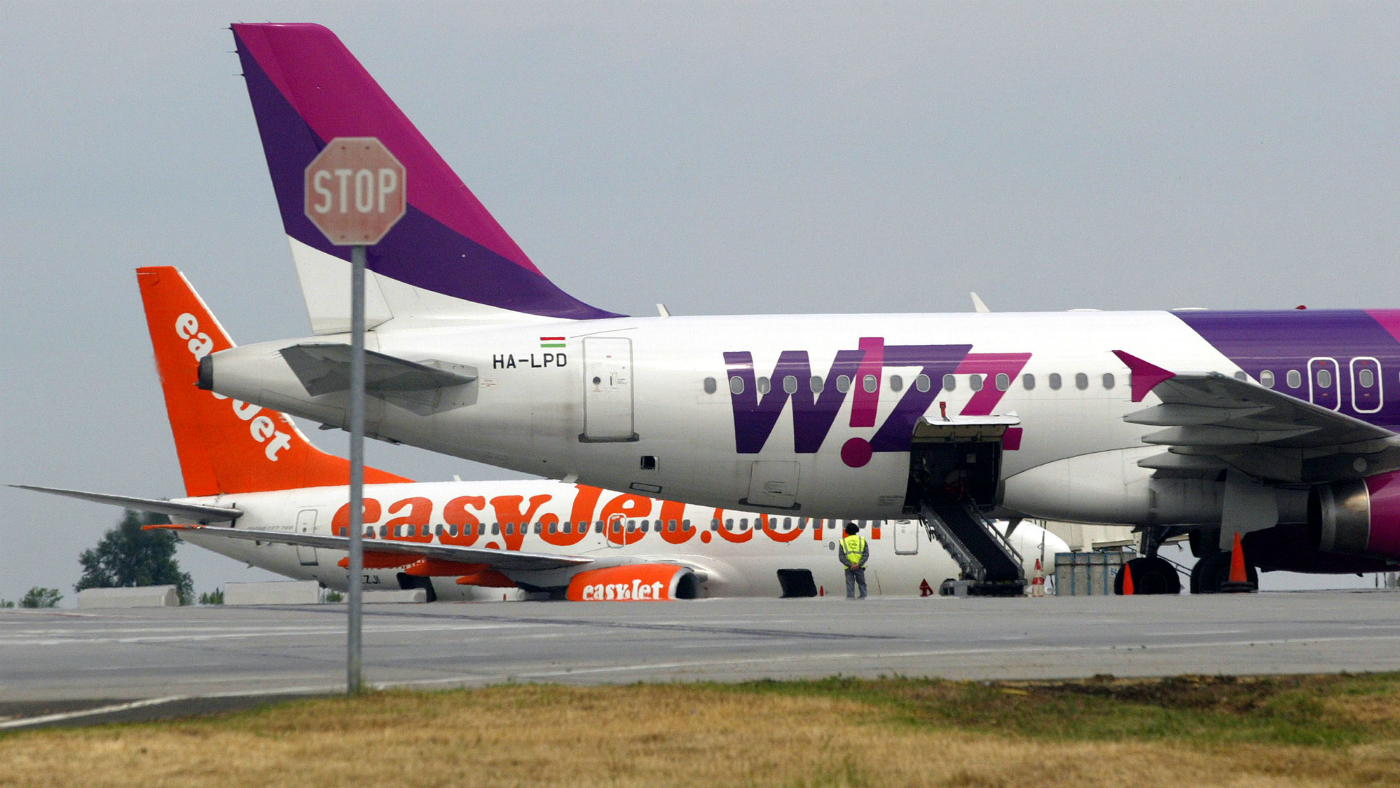 EasyJet/Wizz: battle for air supremacy
EasyJet/Wizz: battle for air supremacySpeed Read ‘Wizz’s cheeky takeover bid will have come as a blow to the corporate ego’